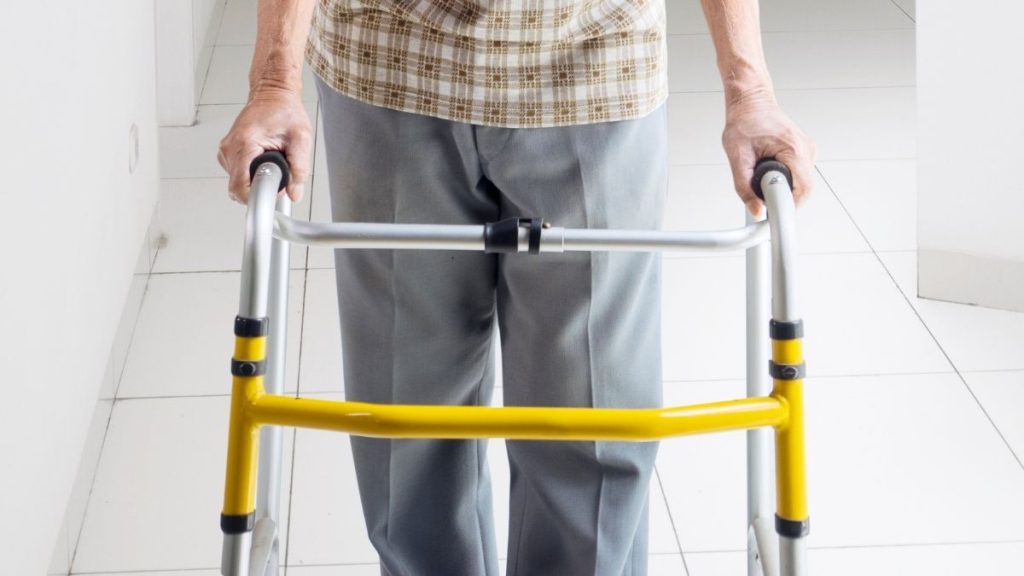How many of you out there has a walker that is not being used? Possibly one that a parent or another relative had in their later days, or even one that you may have had while recuperating from an injury or surgery.
How To Repurpose An Ordinary Walker
Well, don’t think that it is just taking up needed storage space anymore. Repurpose it into something useful. You can make your own bedside table or rolling serving tray with it.
You are probably wondering how you can do that, right? Well, I’ll tell you how and even show you pictures of the finished product. What you will need, besides the walker, is a walker tray that fits over the handrails of the walker, some long zip ties, and a small level, to make sure that the tray is level before you secure it to the walker.
The number of zip ties depends on how you actually secure the tray to the walker. The way that I secured mine, I used a total of 10 zip ties that were each 12 inches long.
My walker is one with four wheels on it. I had to purchase the two back wheels when I had to use them after my knee replacement surgery.
I have diabetic neuropathy in my arms and hands and don’t know how much pressure I am exerting on something. I needed the wheels to make the walker easier for me to push.
The first picture shows a front view of the tray after it has been secured to the walker. As I am diabetic, I did not want to scratch my fingers or hands with the sharp edges of the zip ties, if the ends were cut off short.

I chose to leave the ends sticking out on each zip tie around the handles. You can clearly see the long ends. You may cut them off if you so choose. Notice where my hands are. These are the handrails of the walker (some people may call them the handles of the walker), where the cutouts on the tray fit over.
The second picture shows a close-up of the securement on each corner of the handrails to the matching cutout in the walker tray. The first thing you need to do is to make sure that the tray is level.
You wouldn’t want a bowl of hot soup to come sliding down the back side of the tray and into your lap, would you? Making sure that the tray is level before and during securement, and right before the last tightening is done, will prevent this from happening.
The first four zip ties secure each corner of the walker, to the actual tray, at each vertical cutout, on either side of the tray.
You can see the ends of the zip ties sticking out under the tray and in front of the release paddles that make the walker fold up. The cutouts go the whole length of the two handrails of the walker.
The next two zip ties secure the front of the tray to the release paddles. Each zip tie goes under the release paddle, over the curve in the corner of the walker and over the outside of the tray and securely zips to the release paddle.
You can see the end of the zip tie sticking out. Only the front two corners are secured this way.
The picture also shows the last securement that is necessary. It only needs to be done on one side at the back of the walker. As I did not have one single zip tie that was long enough to reach from the walker tray to the bottom bar on the side of the walker, I had to put four of them together and tighten them as I got to them.
You can see the bar on the other side of the walker from where the securement has been made. With these securements, I did cut off the excess ends of the zip ties, as I would not have my hands anywhere near enough to the cutoff ends of the zip tie to get scratched.
